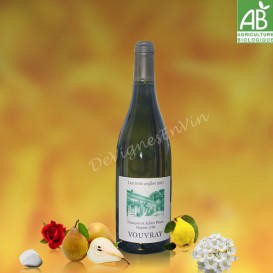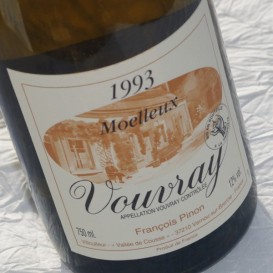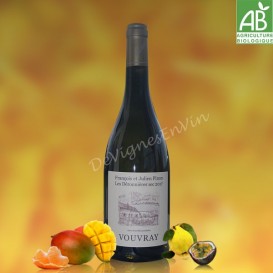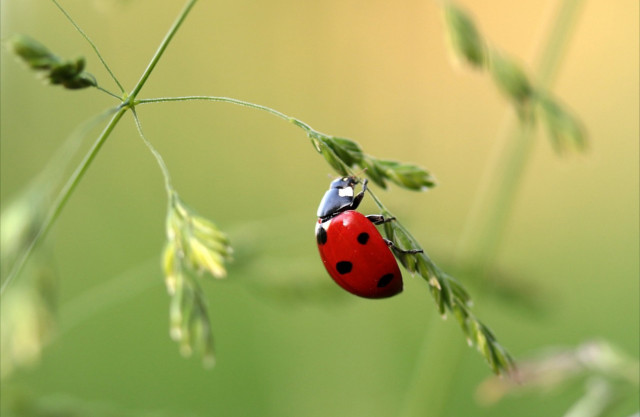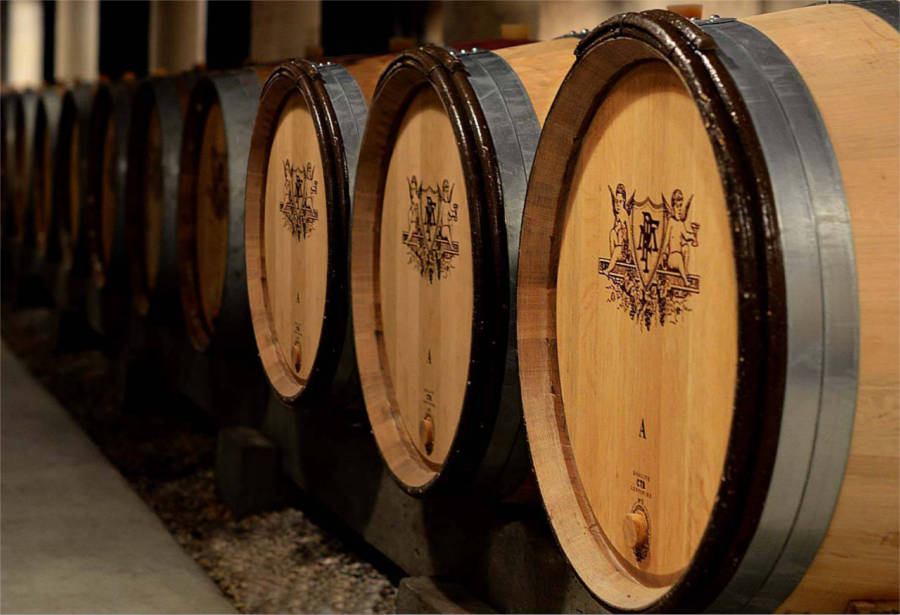Domaine François PINON

VOUVRAY 15 ha ORGANIC AGRICULTURE WINEMAKER : François PINON
Created in 1786, the François Pinon family estate is located in the heart of the "Cousse Valley", in Vernou-sur-Brenne, a unique place for the diversity of its terroirs. Different geological formations are outcropping, and the domain's plots are spread over each of them, sometimes a clay-silted soil where the grapes are ripening later than the other plots, sometimes a soil of flinty clay on a subsoil of tufa, a terroir of predilection for the vine where the bunches maturation is earlier. The latter date mainly from the Upper Cretaceous stage (formation period between -93 and -65 million years), it is the witness of a period of marine sedimentation linked to a phenomenon of emersion of the region with an alteration of the chalk that is probably at the origin of these famous flint clays formation...
Created in 1786, the François Pinon family estate is located in the heart of the "Cousse Valley", in Vernou-sur-Brenne, a unique place for the diversity of its terroirs. Different geological formations are outcropping, and the domain's plots are spread over each of them, sometimes a clay-silted soil where the grapes are ripening later than the other plots, sometimes a soil of flinty clay on a subsoil of tufa, a terroir of predilection for the vine where the bunches maturation is earlier. The latter date mainly from the Upper Cretaceous stage (formation period between -93 and -65 million years), it is the witness of a period of marine sedimentation linked to a phenomenon of emersion of the region with an alteration of the chalk that is probably at the origin of these famous flint clays formation.
The 15 hectares of vineyard, with its 20 to 75 years old vines of Chenin, has been cultivated according to the principles of the Organic agriculture (with Ecocert certification) since 2003 and is identifiable by grass and flowers carpet covering it. The grapes are manually harvested in order to make a first sorting into the vineyard and pick only the perfectly ripe grapes. The fermentations are done with native yeasts, they are then stopped by cooling the wine. The malolactic fermentation does not take place, which makes it possible to preserve a beautiful acidity. The must is then aged on fine lees (in casks and / or vats) for 2 to 3 months for sparkling wines and for 4 to 5 months for still wines.
The tasting of the estate's Vouvray wines was a beautiful moment. We were charmed by the delicacy of the Chenin's aromas and its extraordinary balance between sweetness and acidity, this perceptible tension in the mouth that makes them fresh, tonic and salivating. The know-how is there, no contest!
-
LES TROIS ARGILES 2017 (Domaine François PINON)
19,90 € In stock!LOIRE - AOP VOUVRAY - White - Medium-Dry
The nose is tasty, floral, with sweet scents of rose, hawthorn, pear and quince. There is a hint of chalk and a lot of freshness. On the palate, a pretty tension comes to support this tenderly perfumed juice. Beautiful aromatic persistence.
(Tasting date : dec. 2018)
-
VOUVRAY MOELLEUX 1993 (Domaine François PINON)
46,50 € In stock!LOIRE - AOP VOUVRAY - White - Sweet
Beautifully golden colored wine. The nose is rich and complex. Notes of fruit pasta envelop delicious aromas of candied citrus and honey. In the mouth, the attack is fresh, astonishing by its liveliness and the intensity of its perfumes.
The finish is long, lemony, bringing a nice tension to the finish. It's beautiful, perfumed, and incredibly fresh!
-
LES DERONNIERES 2017 (Domaine François PINON)
19,90 € OUT OF STOCK!OUT OF STOCK!LOIRE - AOP VOUVRAY - White - Dry
The color is pale yellow, the nose expressive and very aromatic. The scents of passion fruit mingle with those of citrus, quince and mango. In the mouth, the attack is tasty and tense by a nice acidity. The finish is long and persistent. Very well-balanced wine, only pleasure!
(Tasting date : dec. 2018)

